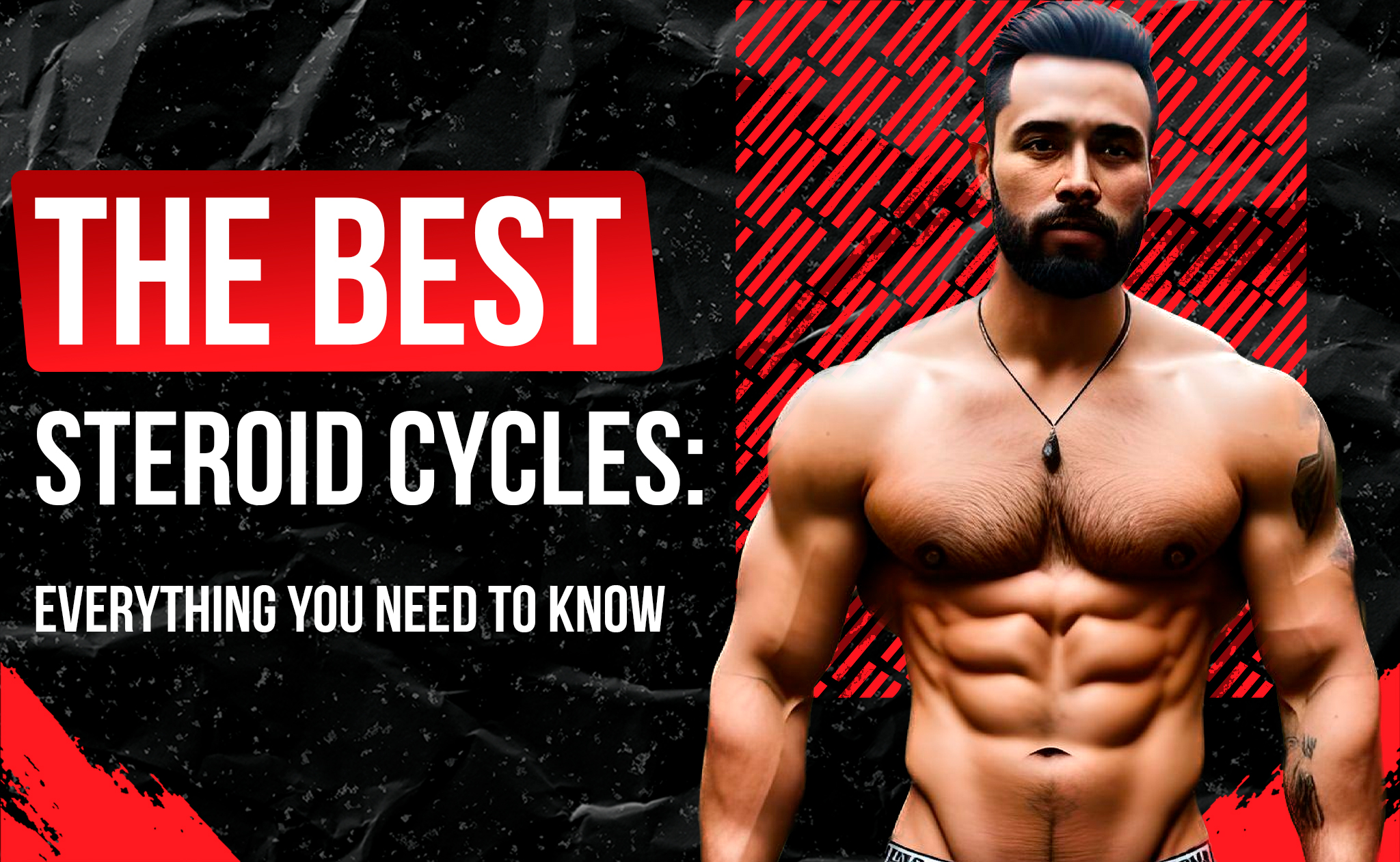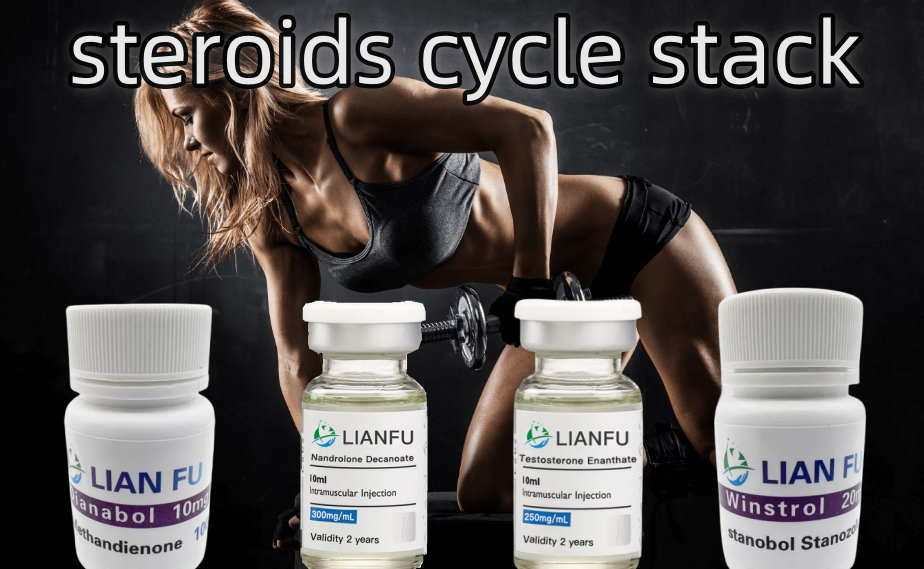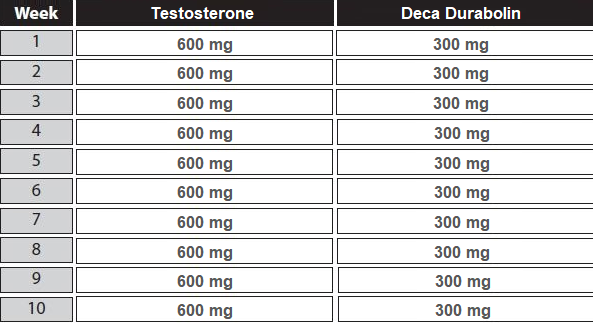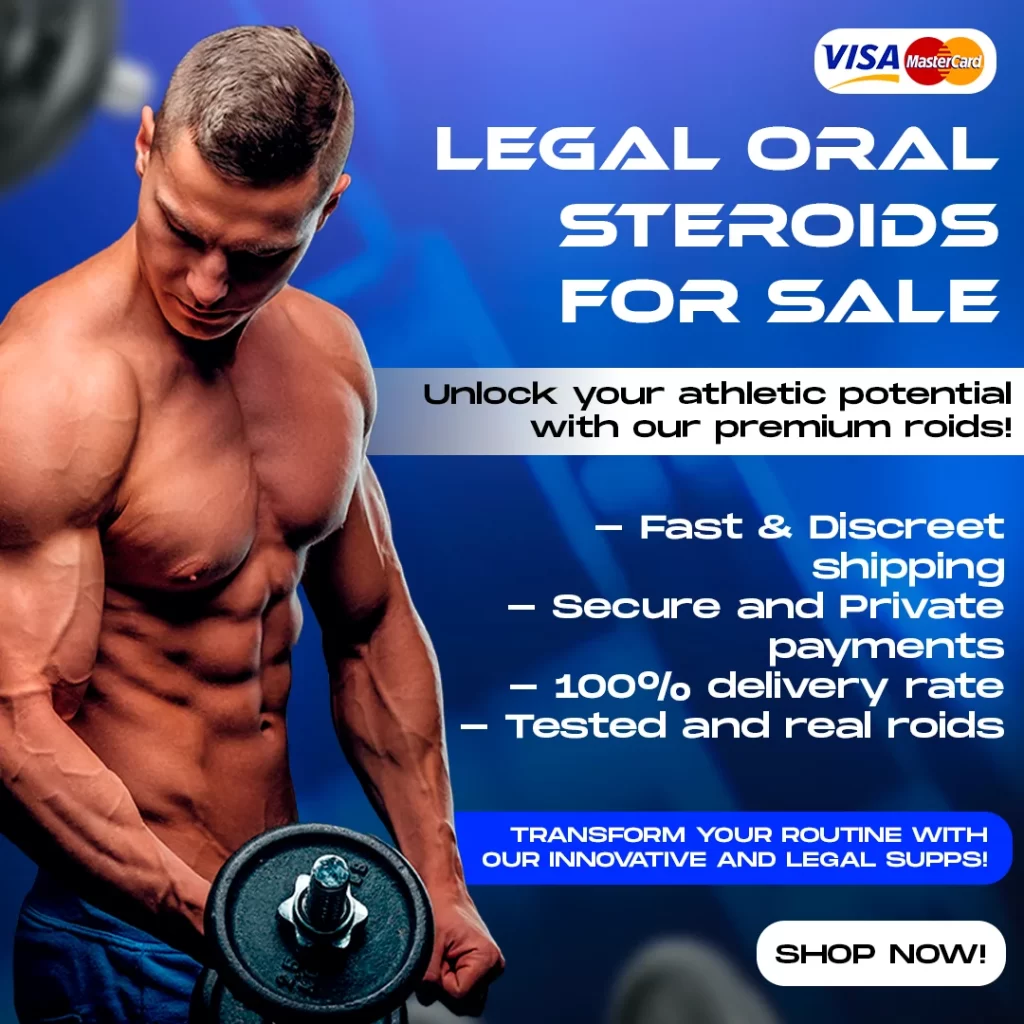Best Steroid Cycle To Gain Muscle

The quest for accelerated muscle growth has fueled interest in performance-enhancing substances, particularly anabolic steroids. While widely discussed, the concept of a "best" steroid cycle is fraught with complexity, variable results, and significant health risks.
This article aims to provide a balanced overview of steroid use for muscle gain. It will explore the factors influencing cycle design, potential side effects, and the overriding legal and ethical considerations. It's crucial to consult healthcare professionals for informed decisions about health and fitness.
Understanding Anabolic Steroids
Anabolic steroids are synthetic variations of the male sex hormone, testosterone. They promote protein synthesis, leading to increased muscle mass and strength. However, this comes at a cost, with a range of potential adverse effects.
The use of anabolic steroids without a prescription is illegal in many countries, including the United States, where they are classified as Schedule III controlled substances under the Anabolic Steroid Control Act of 1990. This underscores the seriousness of their regulation and the potential legal consequences of misuse.
Factors Influencing Steroid Cycle Design
There is no universally "best" steroid cycle. The ideal cycle depends on individual factors, goals, and experience levels. It also heavily depends on genetics.
Body weight, age, training experience, and tolerance to specific compounds are all critical considerations. Prior exposure to steroids and any pre-existing health conditions must also be carefully evaluated.
Common Steroids Used in Cycles
Several anabolic steroids are commonly discussed in bodybuilding circles. These include testosterone, trenbolone, dianabol, and anavar.
Testosterone is often used as a base compound due to its fundamental role in muscle growth and overall male physiology. Dianabol is an oral steroid known for its rapid muscle gain effects, but is linked to liver toxicity and water retention.
Trenbolone is a potent steroid known for its significant anabolic and androgenic effects. Anavar is considered a milder steroid, often favored by women due to its lower risk of virilization (development of male characteristics).
Potential Risks and Side Effects
Anabolic steroid use carries a wide range of potential side effects, affecting various organ systems. These effects can be short-term or long-term, and their severity can vary.
Cardiovascular problems, such as increased blood pressure, elevated cholesterol levels, and heart enlargement, are significant risks. Liver damage, including cholestasis and even liver cancer, is also a major concern, especially with oral steroids.
Hormonal imbalances can lead to gynecomastia (breast enlargement in men), testicular atrophy, and reduced sperm production. Psychological effects, such as aggression, mood swings, and depression, are also commonly reported.
"The dangers of anabolic steroid use are well-documented, and individuals should be fully aware of the potential health consequences before considering them," says Dr. Emily Carter, an endocrinologist specializing in hormone-related disorders.
Legal and Ethical Considerations
Beyond the health risks, the use of anabolic steroids raises significant legal and ethical issues. In many sports, steroid use is strictly prohibited and can result in disqualification and other penalties.
The pursuit of muscle gain through illegal means can create an uneven playing field and undermine the integrity of competition. Moreover, the black market sale of steroids often involves counterfeit or substandard products, further increasing the risks to users' health.
The World Anti-Doping Agency (WADA) maintains a comprehensive list of prohibited substances, including anabolic steroids. Athletes are subject to rigorous testing to ensure compliance with these regulations.
Safer Alternatives and Recommendations
For individuals seeking to enhance their muscle growth, there are safer and more sustainable alternatives to anabolic steroids. These include proper nutrition, consistent resistance training, and adequate rest.
Optimizing protein intake, consuming sufficient calories, and following a well-structured workout program are essential for natural muscle growth. Supplementation with legal and safe compounds, such as creatine and protein powder, can also support muscle development.
Consulting with a qualified personal trainer or registered dietitian can provide personalized guidance and support. These professionals can help individuals achieve their fitness goals without resorting to potentially harmful substances.
It's crucial to remember that achieving a healthy and muscular physique takes time, dedication, and a commitment to overall well-being. There are no shortcuts, and the risks associated with anabolic steroids far outweigh any perceived benefits.


















